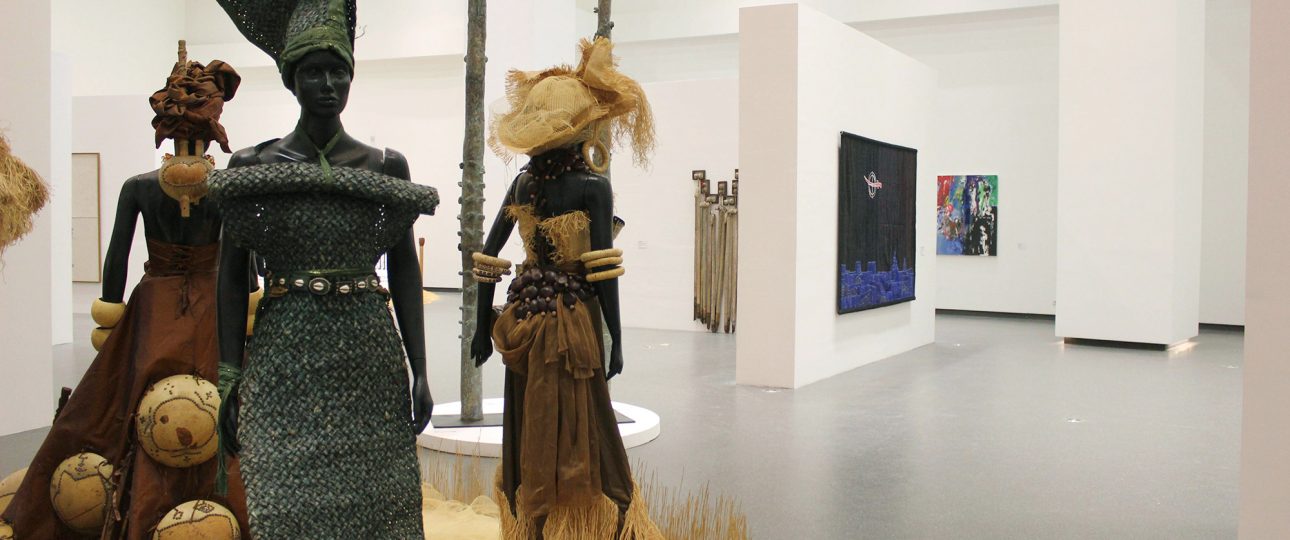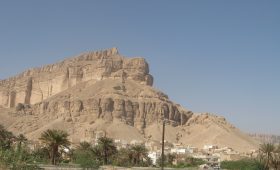Exploring the Museum of Black Civilizations in Senegal
Located in Dakar, Senegal, the Museum of Black Civilizations offers a profound insight into the histories and cultures of Black people worldwide. Opened on December 6, 2018, this museum is the realization of a vision by Senegal’s first President, Léopold Sédar Senghor, to create a space that represents the rich tapestry of African civilizations.
A Journey Through African History
Upon entering the museum, visitors are greeted with an extensive collection of artifacts that span the continent’s diverse cultures. The exhibits include ancient pottery, intricate sculptures, and even the armor of a Dogon hunter. Each piece provides a window into the artistic and cultural achievements of African societies.
The museum also addresses the Transatlantic Slave Trade with a dedicated exhibition. Through thought-provoking displays and interactive exhibits, visitors gain a deeper understanding of this tragic period and its enduring impact on African societies.
Contemporary African art is another highlight, showcasing works from renowned artists across the continent. This vibrant collection underscores the ongoing creativity and talent that thrive in Africa today.
Getting There and Local Transportation
Reaching the Museum of Black Civilizations is straightforward if you’re in Dakar. Situated centrally, the museum is accessible by taxi or local bus. Taxis are plentiful and affordable, but it’s wise to agree on the fare beforehand. For those who enjoy walking, the museum is within a reasonable distance from many hotels and popular tourist areas, allowing for an immersive experience of Dakar’s lively streets.
Best Time to Visit
Senegal’s climate is warm year-round, but the dry season from November to May is ideal for visiting. During these months, the weather is pleasant with minimal rainfall, making it easier to explore without disruptions. However, be aware that December and January can be busy with tourists. For a quieter experience, consider visiting in November or May.
Additional Insights
The museum’s creation was a significant cultural milestone, costing around $30 million. It also plays a role in the broader movement for the repatriation of African artworks, as a large portion of Africa’s cultural heritage is held in museums outside the continent. Recognized by Time magazine as one of the “World’s 100 Greatest Places of 2019,” the museum is a testament to the enduring legacy and future potential of African civilizations.
While the museum offers a rich and engaging experience, visitors should be prepared for potential crowds during peak seasons and plan their visit accordingly. The museum’s central location also means that it can be combined with visits to other nearby attractions, making for a fulfilling day of exploration in Dakar.




